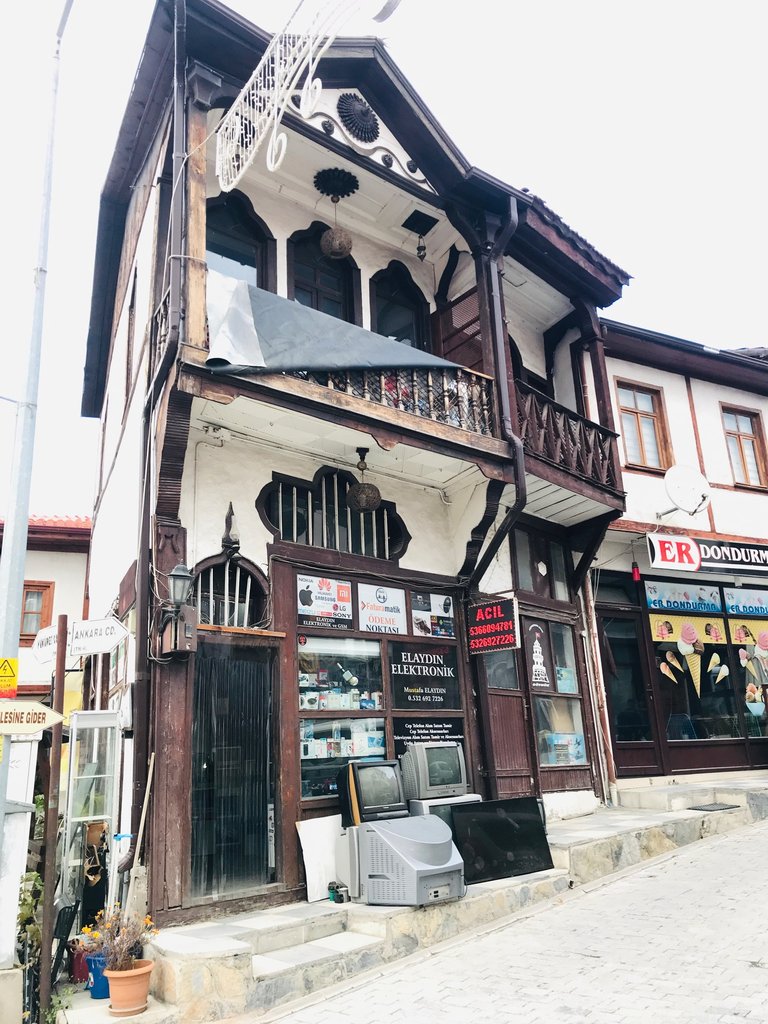Hello, everyone, mates. I hope you are in good spirits. I am trying to overcome the burnout syndrome I mentioned in my previous post. I feel that I am successful in this regard. Of course, time will tell. I am trying to be more social and more active than before. I think I am very close to returning to the old days.
After talking about myself so much, let's move on to today's post. There are quite a lot of places in my photo archive for promotional purposes. While I was thinking in which order to share them, I decided to do it about the Göynük district of Bolu, which is slightly related to my latest content.
Herkese merhaba arkadaşlar. Umarım keyfiniz yerindedir. Bir önceki paylaşımımda bahsettiğim tükenmişlik sendromunu aşmaya çalışıyorum. Bu konuda başarılı olduğumu hissediyorum. Tabi ki bunu zaman gösterecek. Öncesine göre daha sosyal ve daha aktif olmaya çalışıyorum. Eski günlere dönmemin çok yakın olduğunu düşünüyorum.
Kendimden bu kadar bahsettikten sonra bu günün paylaşımına geçelim. Fotoğraf arşivimde tanıtım amaçlı oldukça fazla yer var. Bunları hangi sırayla paylaşacağımı düşünürken en son içeriğimle biraz da olsa bağlantılı olan Bolu'nun Göynük ilçesi hakkında yapmaya karar verdim.
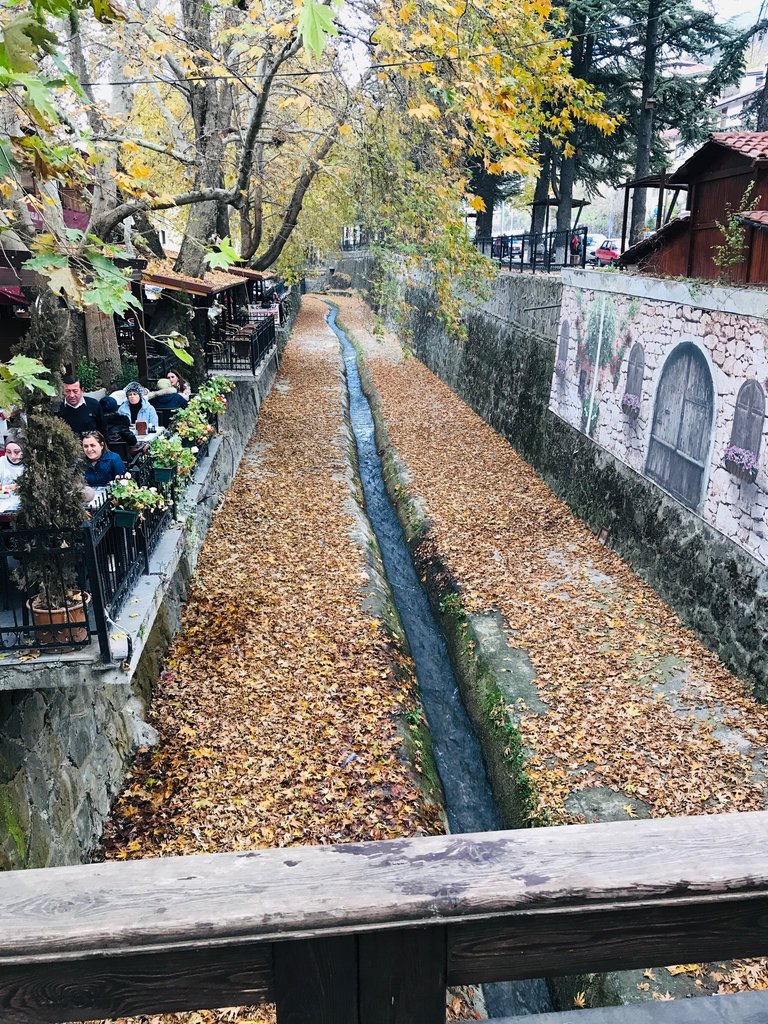
Göynük was a place we visited by pure coincidence although it was not in our itinerary. On our way back from Abant to Iznik, where we live, I wanted to take a different route. Although the road looked like a broken village road on the map, I set off on this road with the curiosity of what I would encounter.
After a while we arrived in Göynük. When we saw the inscription "Akşemseddin Tomb" at the entrance of the city, we thought that this place would be worth seeing and stopped in the city centre. We got out of our car and started to explore the city and realised that it was a small, cute and authentic place.
Göynük, gezi programımızda olmamasına rağmen tamamen bir tesadüf eseri uğradığımız bir yerdi. Abant'tan, yaşadığımız yer olan İznik'e dönüşümüzde farklı bir yol üzerinden gitmek istedim. Yol, haritada bozuk bir köy yolu gibi görünse de karşıma neler çıkacağı merakıyla bu yola koyuldum.
Bir süre sonra Göynük'e vardık. Şehrin girişinde "Akşemseddin Türbesi" yazısını görünce burasının görülmeye değer bir yer olacağını düşünerek şehir merkezinde durduk. Aracımızdan inip şehri keşfetmeye başladık ve küçük, şirin ve bir o kadar da otantik bir yer olduğunu fark ettik.
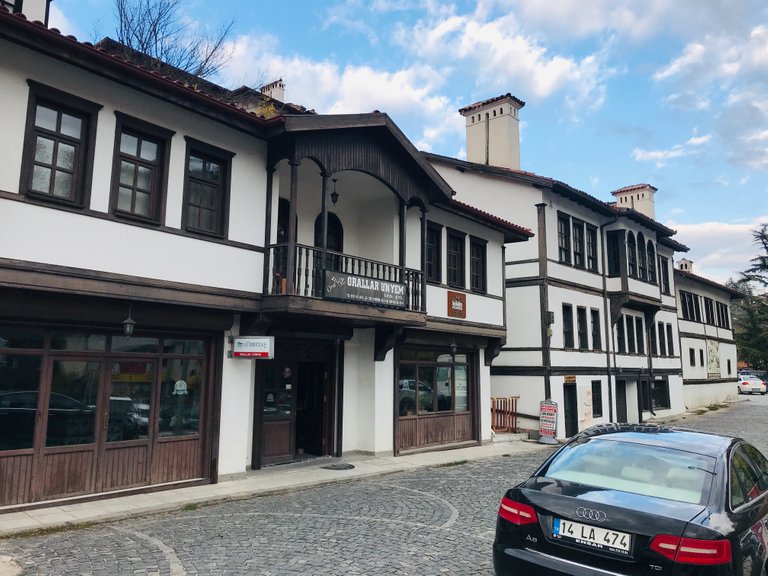
What made Goynuk authentic was the architecture of its houses. In this district, almost all the houses are of the same type and built with an elegant and authentic architecture reminiscent of the old times. So much so that even the newly built or restored houses resemble the old houses. All the streets of the district seem to smell of history.
Göynük'ü otantik yapan evlerinin mimarisiydi. Bu ilçede neredeyse bütün evler aynı tipte ve eski zamanları andırır bir şekilde şık ve otantik bir mimariyle yapılmış. Öyle ki yeni yapılan veya restore edilen evler bile eski evlere benzetiliyor. İlçenin bütün sokakları tarih kokuyor sanki.
Some of the authentic houses of Goynuk
Göynük'ün otantik evlerinden bazıları



As we were walking around the city, we noticed that many people were going up a high hill and we decided to go up the hill, thinking that this would be a nice place. After walking a little bit, we learnt that the hill we climbed was the Victory Tower.
Şehrin içinde dolanırken birçok insanın yüksekçe bir tepeye çıktığını fark ettik ve burasının da güzel bir yer olacağı düşünerek biz de tepeye çıkmaya karar verdik. Biraz yürüdükten sonra çıktığımız tepenin Zafer Kulesi olduğunu öğrendik.


When we climbed up to the victory tower, Göynük was almost under our feet. It was very nice to build such a tower in a high place. It gives visitors to Göynük the opportunity to watch this district from a high place.
Zafer kulesine çıktığımızda adeta Göynük ayaklarımızın altındaydı. Yüksekçe bir yere böyle bir kule yapılması çok güzel olmuş. Göynük'e gelen ziyaretçilere bu ilçeyi yüksekten seyretme fırsatı veriyor.
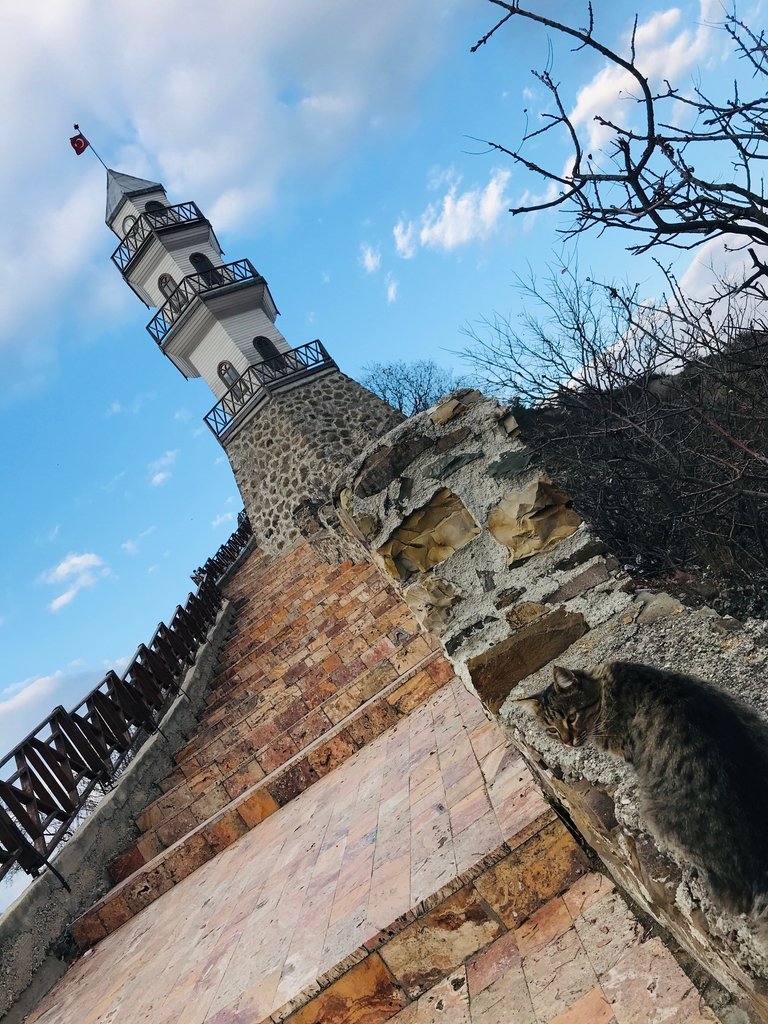
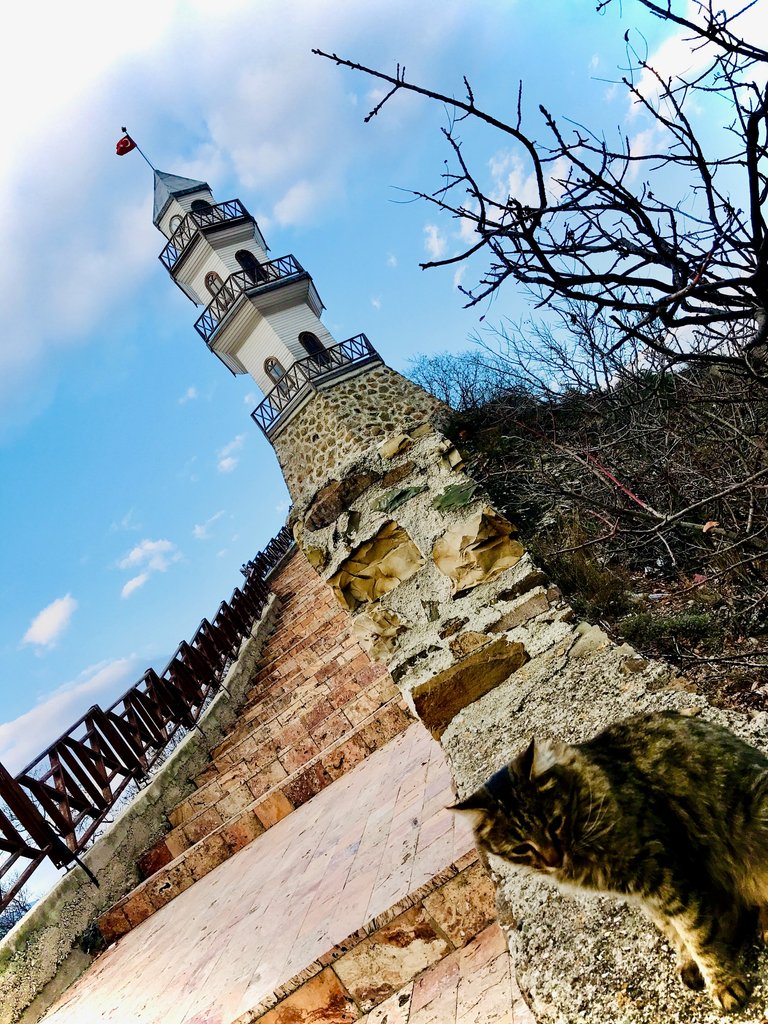
The information contained in the information article about the Historical Victory Tower is as follows:
The Historical Victory Tower is the newest among the old works of art in Göynük. (I know this sentence is a bit strange, but I quote it as it is in the article.) It is the monumental symbol of the great support of the people of Göynük to the national struggle. In 1922, it was built on this hill by Hurşit Bey, the first district governor of the Republican period, in memory of the Battle of Sakarya.
Tarihi Zafer Kulesi hakkında bilgilendirme yazısında bulunan bilgiler şu şekilde:
Tarihi Zafer Kulesi Göynük'te bulunan eski eserler arasında en yenisidir.(Bu cümle biraz garip farkındayım ama yazıdakini olduğu gibi aktarıyorum.) Göynük halkının milli mücadeleye verdiği büyük desteğin anıtlaşmış sembolüdür. 1922 yılında Sakarya Meydan Savaşı anısına Cumhuriyet döneminin ilk kaymakamı Hurşit Bey tarafından bu tepeye inşa ettirilmiştir.
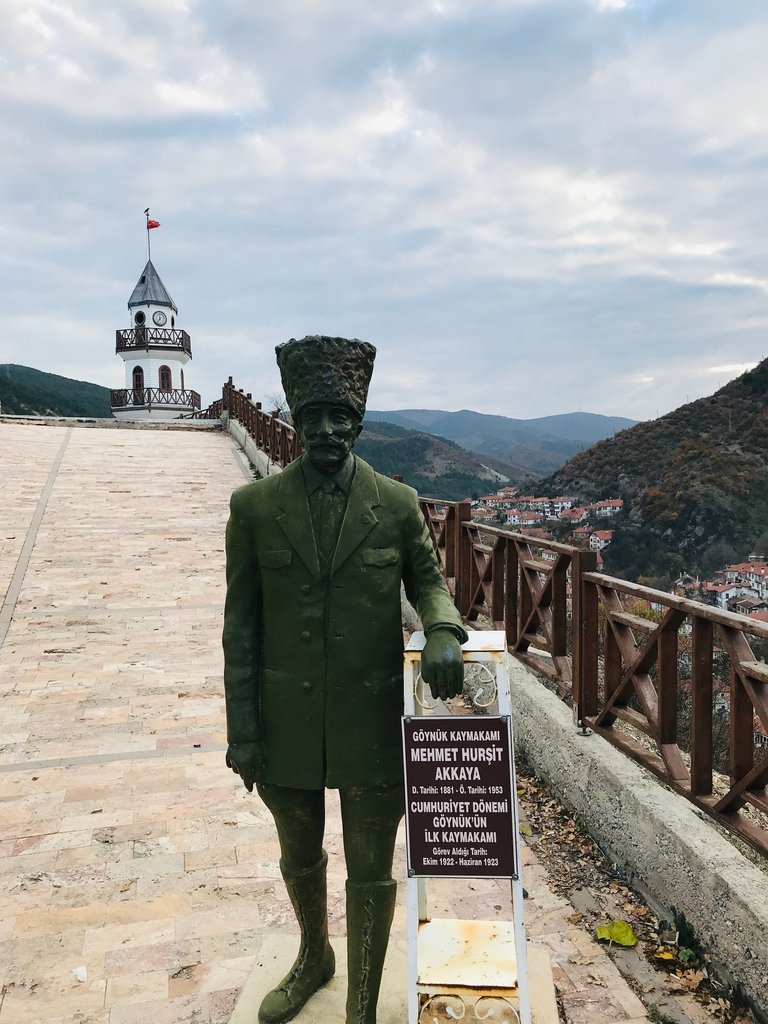
Hurşit Bey
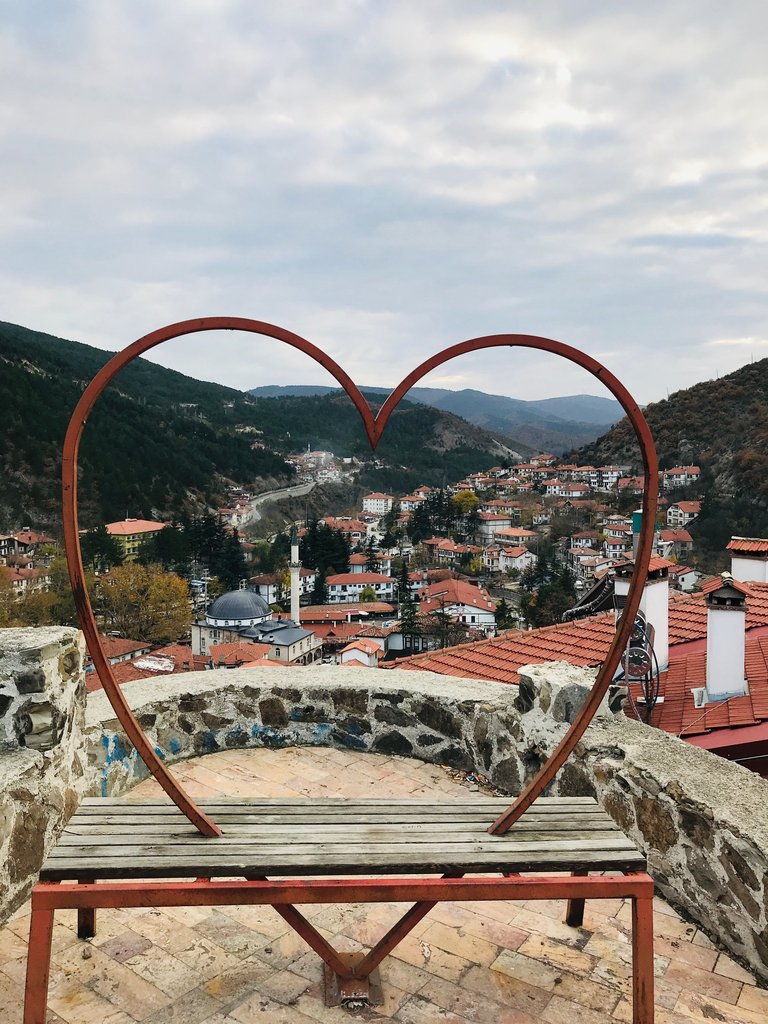
Tepede fotoğraf çektirebileceğiniz bir kalp sembolü.
Finally, I end my content with our little friend who accompanied us along the Victory Tower. (:
Son olarak Zafer Kulesi boyunca bize eşlik eden küçük dostumuzla içeriğimi sonlandırıyorum. (:

